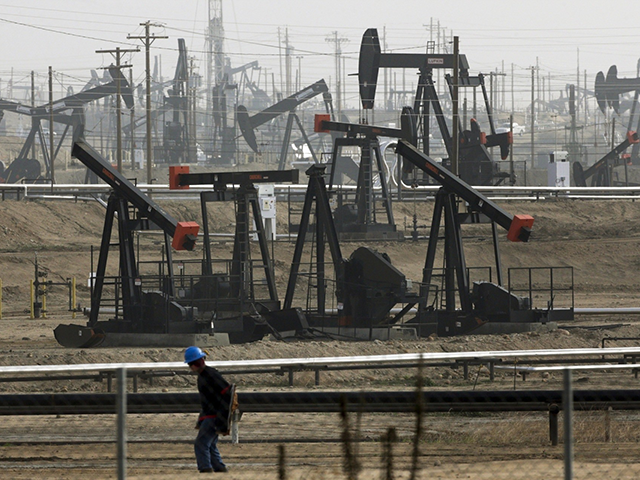U.S. shale oil producers are working to increase output despite the left’s antagonism to increasing domestic production.
This strategy will allow producers to use the high cost of crude to support operations without making major investments in new wells and refineries while weighing future uncertainties, Reuters reported.
“You go back and find where you maybe under-completed and under-fracked in the beginning,” Catherine Oster, who manages Deon Energy’s mid-continent properties, said in the report. “We’ve made the infrastructure investment.”
“As you learn about your resource, you get those technical learnings on how to take a second look at the wells,” she said.
Reuters reported:
Re-fracing can be something of a booster shot for producers — a quick increase in output for smaller investment than a new well. While some producers have dabbled in re-fracturing wells in the past, the technique is winning broader adoption as technology improves, aging oilfields erode output, and companies try to do more with less. Shortages of steel, diesel, frac sand and workers have doubled oilfield inflation since January, making this discount method of boosting output even more attractive.
A re-frac can be up to 40 percent cheaper than a new well, according to experts. More importantly, it can double or triple oil flows from aging wells, said Garrett Fowler, chief operating officer for ResFrac, which helps producers optimize the technique. His firm has seen about twice as many inquiries related to re-fracs compared to prior years.
A shale booster shot: 'Re-fracs' rise as cheap way to lift U.S. oil output https://t.co/0UBaCwzU7n pic.twitter.com/oK7B6S6VuZ
— Reuters (@Reuters) June 27, 2022
Reuters said the “re-frac” approach involves putting a steel liner inside the original well and then blazing holes through the casing to access a reservoir.
Current U.S. oil production stands at about one million barrels per day (bpd) — below the 12.8 bpd peak in early 2020 before the coronavirus pandemic.
“Techniques like re-fracturing will allow the industry to continue to harvest the oil and gas out of these reservoirs,” said Stephen Ingram, a regional vice president at top U.S. hydraulic fracturing firm Halliburton, in the Reuters report.
Producers said another benefit is that this technique does not require additional permits or renegotiations with landowners.
It is also environmentally friendly as access to the wells are already established.
“Considering inflation, supply chain issues, and rising wages, now is a great time for operators to start looking at wells for re-frac opportunities,” Matt Johnson, CEO of energy consultancy Primary Vision Network, said in the report.
Follow Penny Starr on Twitter

COMMENTS
Please let us know if you're having issues with commenting.